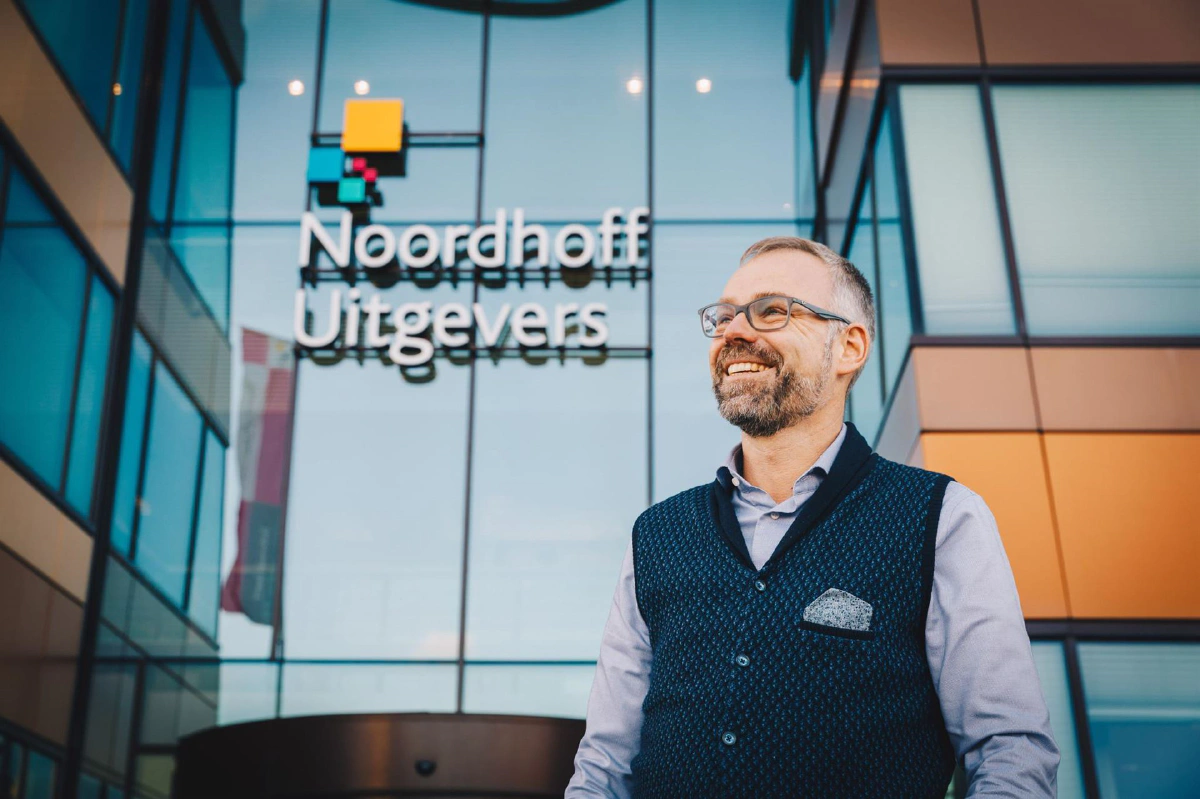Every day, around two million people come into contact with the products and services of Noordhoff Publishers. Chances are you are no exception. Perhaps you have looked through one of the many editions of the Bosatlas, worked your way through secondary school reading lists featuring titles from De Lijsters, or encountered their products through an educational programme. Like many organisations, Noordhoff has undergone a major digital transformation in recent decades. One key aspect of this transition was accounts receivable management.
Manual accounts receivable management
Noordhoff Publishers supplies educational materials (both online and printed), technology and services for primary schools, secondary education, vocational education, higher education and the healthcare sector. Its customer base includes intermediaries such as schools, bookshops and other partners, as well as consumers who order directly through the webshop. Approximately 40,000 invoices are sent each month – until recently, all of them by post.
Printing and enclosing 40,000 invoices was not only costly but also labour-intensive. Invoices were often sent with the order, meaning they frequently ended up with someone other than the person responsible for payment. As a result, invoices travelled through the organisation slowly and inefficiently, leading to a very high DSO. Noordhoff’s cash flow was in urgent need of improvement.
An interesting business case
For Sieger Kuik, Customer Service Manager, and Jos van Weerden, Finance Services Manager, the transition to Payt presented an interesting business case on several levels.
Sieger explains: “Previously, one colleague handled all debtor management manually. If an invoice did not reach the correct payer, a copy had to be printed, enclosed and resent. The same applied to reminders.” Jos adds: “With Payt, invoices and reminders are now sent entirely digitally. If the recipient is not the payer, they can update the email address themselves in Payt. This has significantly cleaned up our invoicing database and ensures invoices go straight to the right inbox. The result is a considerable improvement in DSO.”
Cleaning up the database was not the only positive effect:
Jos: “Payt forced us to review our business processes.”
With a laugh, he adds: “At times, we even sold products that didn’t exist. Account managers would sell a one-year licence as six months or eighteen months. We were keen to please customers, but on the back end this created extra work and reduced our margins.”





